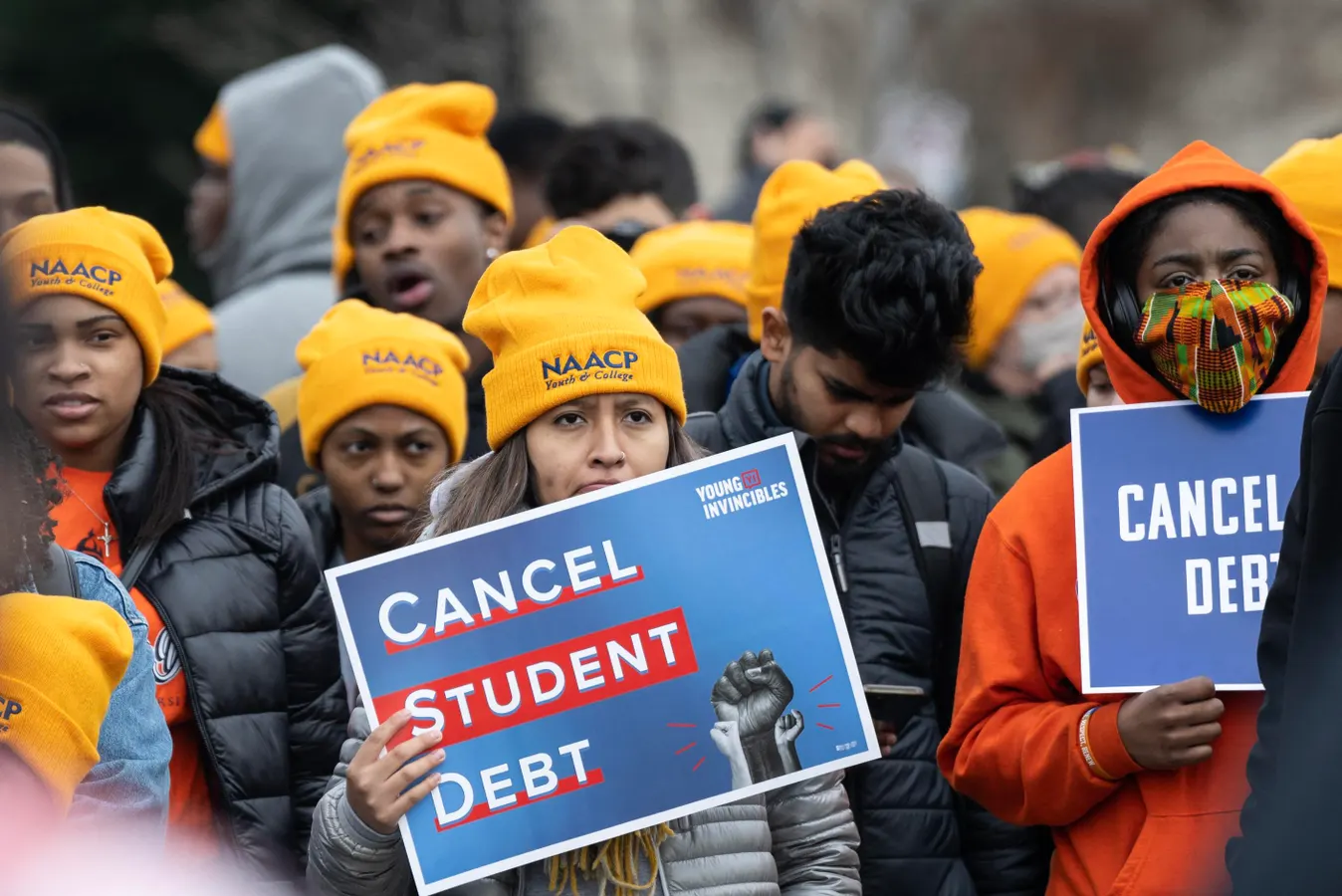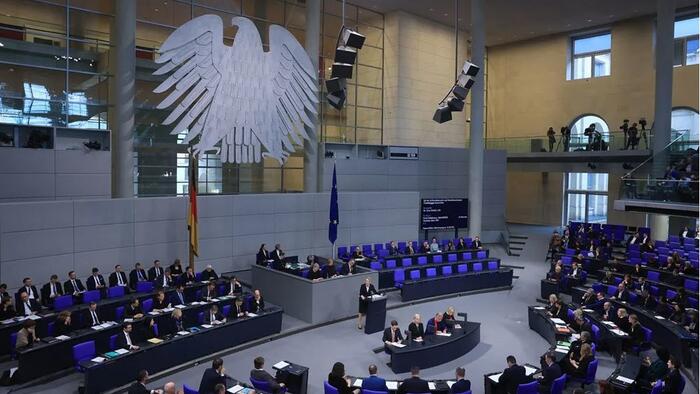By Andrew Caballero,Mike O’Sullivan,Senior Contributor
Copyright forbes

TOPSHOT – Activists and students protest in front of the Supreme Court during a rally for student debt cancellation in Washington, DC, on February 28, 2023. – The court begins oral arguments in two cases, one from six Republican-led states, that challenge US President Joe Biden’s student debt forgiveness policy. (Photo by ANDREW CABALLERO-REYNOLDS / AFP) (Photo by ANDREW CABALLERO-REYNOLDS/AFP via Getty Images)
AFP via Getty Images
One of the pleasures of writing this note is the feedback from readers and the subsequent debate – usually by email, sometimes over a coffee or pint, depending on my travels. The latest such exchange – from a reader in Australia, too far for a pint – related to the looming fiscal catastrophe that uniquely grips most of the major G7 economies and China. Some 60% of the world’s GDP is encumbered by debt to GDP of 100% or more, and untypically large deficits in the context of a business cycle expansion phase.
The question from Australia was ‘how does it all kick off?’ in the sense of when does the next debt crisis begin? I’ve been pondering this since making the BBC documentary ‘Waking up to World Debt? but still don’t have a clear view on what might trigger a crisis, and am mindful of Rudiger Dornbusch’s maxim that imbalances accumulate for longer than you think, and then turn sharply quicker than one would think.
In that respect I think a debt crisis will be soap operatic, and unravel in various stages, not unlike a good Netflix series. In particular it will have a number of distinct characteristics – the historically unprecedented fact that so many large economies are indebted and will all try to escape the debt trap at the same time, and the potential transfer in economic power between corporates (not hugely indebted).
There are a few potential starting points. A dramatic one could be a loss of faith in a major central bank, from the point of view of markets losing confidence that the likes of the Bank of Japan can continue to hoover up that nation’s bond market, without financial consequence.
A more conventional scenario, from an orthodox point of view, is the idea of sustainability, which Keynes defined curtly as ‘‘when it has become clear that the claims of the bondholders are more than the taxpayers can support’. A lumpier definition comes from institutions like the IMF and World Bank whose standard analysis aims to assess whether
MORE FOR YOU
‘In general terms, public debt can be regarded as sustainable when the primary balance needed to at least stabilize debt under both the baseline and realistic shock scenarios is economically and politically feasible, such that the level of debt is consistent with an acceptably low rollover risk and with preserving potential growth at a satisfactory level.”
In that respect, the conditions for a debt bust might start with a recession, where two problems might occur – the lack of fiscal space to cushion a recession and the political side-effects of this (from riots to split governments), and the immediate ‘discovery’ by markets of those bond markets that are still considered safe havens and those where country credit risk is high (i.e. France).
In particular, the inability of some governments to stimulate their economies without taking on more debt could lead to a deeper recession that might trigger a significant drop in asset values (bad for real estate loans and private credit). Concurrently a new set of bond safe havens might emerge (Norway, Ireland, Netherlands and Germany), whilst previously stable markets (Belgium) might sell-off.
At this early stage, a lot of focus will be on central banks, and those with the credibility and capacity to act to absorb market stress, will likely see their currencies well bid (the euro could be a surprise here). My instinct is that in the case of the Federal Reserve, which might well be a component of the US Treasury under the Trump administration, the fear of highly unorthodox policies will drive the dollar down, rather than upwards as is often the case in a crisis.
A further concern is that in a break with the last seventy or so years of policy making, the US will no longer act as the coordinator of a crisis rescue plan. International economics is becoming more competitive and more game theoretic, such that a debt crisis rescue plan will look more like the COVID crisis, where there is a stark lack of collaboration between the large economies, who will tend to prefer their own, localised rescue plans. To this end, currencies will be very volatile. And that’s just for a start.
Have a great week ahead, Mike
Editorial StandardsReprints & Permissions



